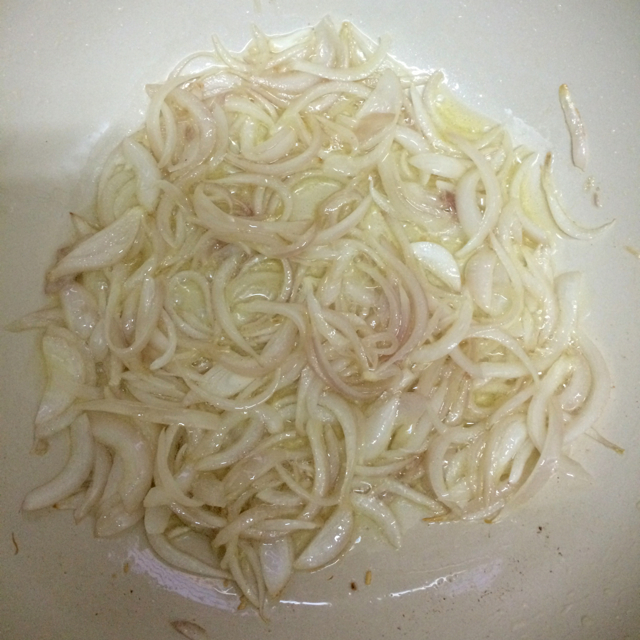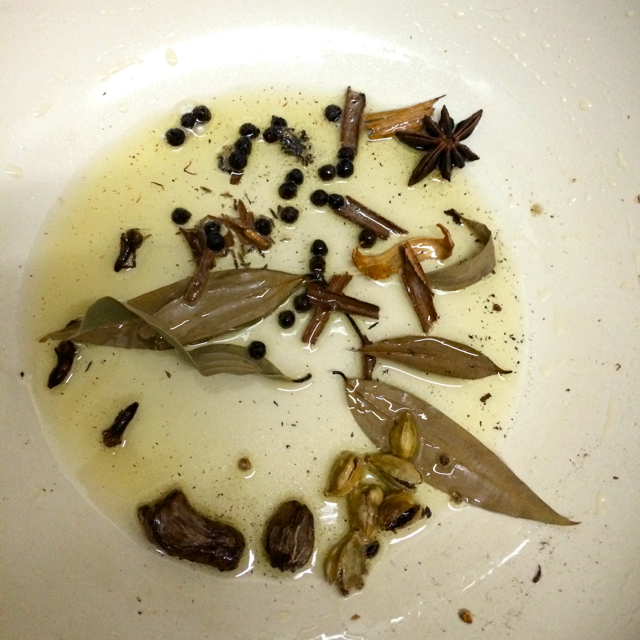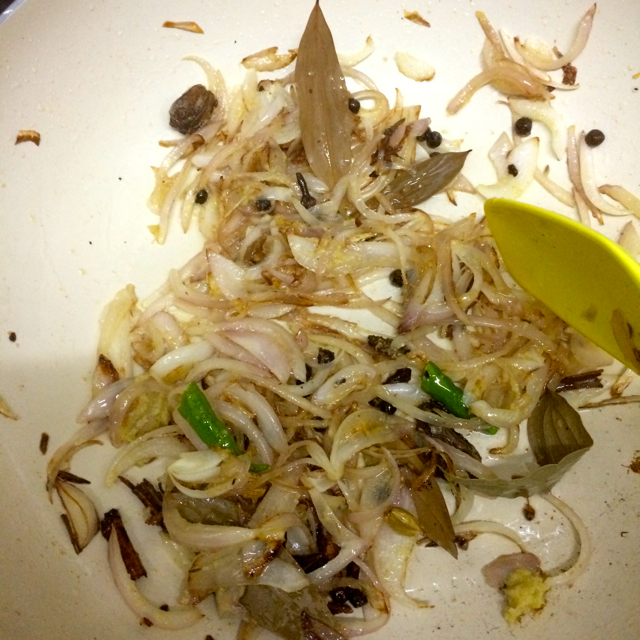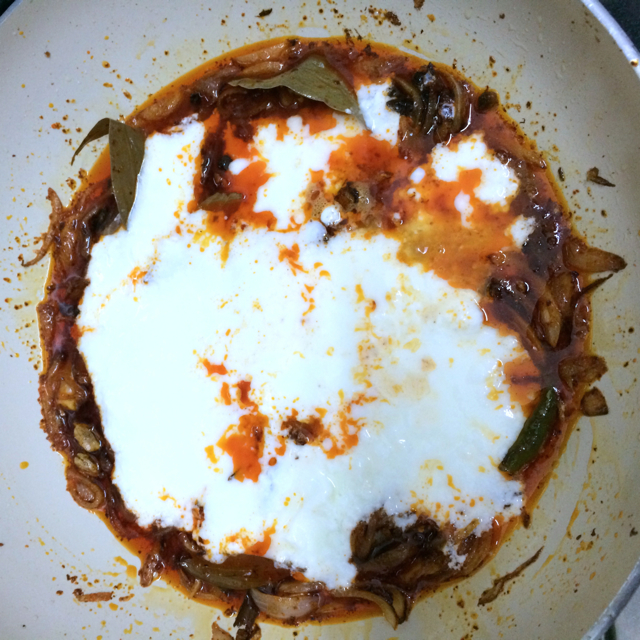A hospital that serves one of the densest cities in the world, and a school that trains doctors. This room is heavily used, and one that will take be continuously use for decades to come. Studio pomegranate, along with Studio Mumbai set out to design this space keeping in mind everything we could learn from the larger hospital, and make it much better. Funded by the Indira Foundation, the process started in 2016 with a conversation with Studio Mumbai, who were then working on the space.
The Seth Gordhandas Sunderdas Medical College (GSMC), attached to the King Edward Memorial Hospital at Parel, in Mumbai is the foremost centre for medicine, and medical education in the country. Designed by George Wittet, and completed in 1926, the institution has produced some of the best and brightest doctors in the world. GSMC was the first medical school in India, and was the incubation ground for many firsts of medical innovation worldwide. The planning included beautiful airy lecture rooms sitting atop each other fixed like a jigsaw puzzle, open courtyards, modern laboratories, and a full array of sports and leisure spaces. The most frequented of these are the Girls (Ladies), and Boys common rooms. These rooms are designed for students to take time off, rest, and eat lunch. The architects were tasked with renovating the Ladies Common Room with a simple brief- to upgrade facilities, and ensure a relatively maintenance free space.
The room is made of four volumes- (1) the main space, 30’x40′ (2) Verandah 20’x10′ (3) Attached Toilet 10’x10′ (4) Main toilet14’x10′-6″. All spaces are 16′ tall. A 9′ wide hallway separates spaces 1,2&3 from 4. The outer windows were made in cast iron, with cast patterned glass, each window had a pivoted ventilator on top, a fixed glass, and two windows at sill level. Doors are of teakwood, and have a beautiful moulding running in the panels. The floor was Kotah stone, and walls- originally lime plastered, were now oil painted. Several teakwood, and steel lockers were haphazardly spread out in the space. The attached toilet had been removed, and a washbasin was installed, the larger main toilet was “upgraded” in the 2000’s and was in poor condition.
Studio pomegranate started measuring the space in May 2016, and very quickly was drawn to the immense beauty of the proportions and details; so much that over two weeks every moulding, detail, and screw were documented. The occupants of the space were also interviewed over the next six months, and time-lapse photography was used to understand usage patterns.
Discussions with Bijoy Jain, at Studio Mumbai then started, the consensus between both was that a mezzanine that would add about 50% of the main space would be useful to either move all the lockers into, or to provide various spaces for the girls. Studio pomegranate set out to work on several iterations of mezzanine, and locker arrangements. The simplest was finally chosen, with a rectangular mezzanine at the start of the main space, with only a few lockers placed above. The stair would be a straight flight up from the left side as you enter. It however was never finalised, and remained a contentious issue between the studios for the remainder of the project. A spiral stair came in later in the central zone, with a dainty handrail. It was decided that the space would be kept congruous with the larger campus, and hospital, and studio pomegranate spent considerable effort in reading, and documenting the buildings around the school. Details that were missing in doors were repeated from doors in the anatomy section, stairs from the library were used as prototype for the stair in the mezzanine, and sleek surgery cabinets were used to produce details for carpentry. The toilets were demolished, and curved tiles, produced in Portugal were used for the toilets. Every detail, and every mould is from the original palette at the hospital, only put together to make better use of the detail.
The space was reopened for the students on June 22, 2018. The girls have loved their new common room, which gives them more space, efficient locker arrangements, and better facilities. The renovation was funded by Avinash Manudhane, and Dr. Sindhu Manudhane of the Indira foundation, and built by SPE build, the design-build arm of Studio pomegranate. The design team is immensely grateful for the special efforts put in by Dr. Lopa Mehta, Dean- Dr. Avinash Supe, Dr. Anita Agarwal, the Diamond Jubilee Society Trust, and all the wonderful students of G.S Medical college who faced tremendous hardship without this room, and being undestanding of the design process that Studio Mumbai, and Studio pomegranate follow. This relationship has led to an amazing space that can be fully utilised by generations of students to come.
Studio Mumbai: Bijoy Jain, Mimo Shirazi, Alba Abiad, Vatsal Bharmani, Kashyap Bhagat.
Studio Pomegranate: Pranav Naik, Shweta Shah, Neel Davda, Anvita Balakka,
Other design collaborators: Rameshwar Bhadhwa, Pokaram Jasol, Aslam, Dr. Lopa Mehta
Engineer: Nitin Doshi, Dwijen Bhatt, Gautam Chande
Metal Fabricators: Shayona Drilling Engineering, Patel, Bharat Panchal
Carpenter: Pokar Ram Jasol
Civil Works: Mortar Constructions
Tiles: TopCer
Electrical contractor: KK Interior
Paint: Rajender Nirankari
Steel lockers: Panchal
Time: Design – 25 Months, Construction- 8 months
































































































































